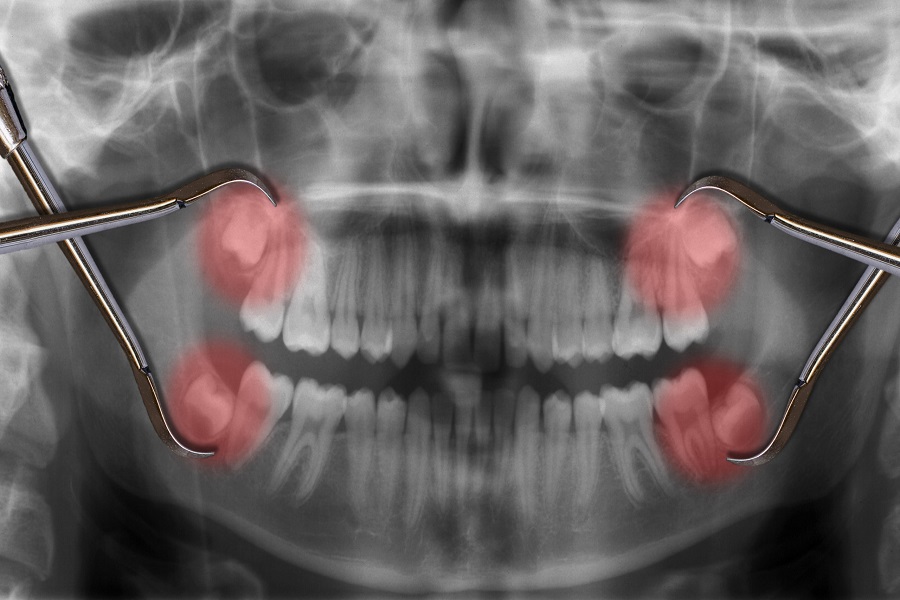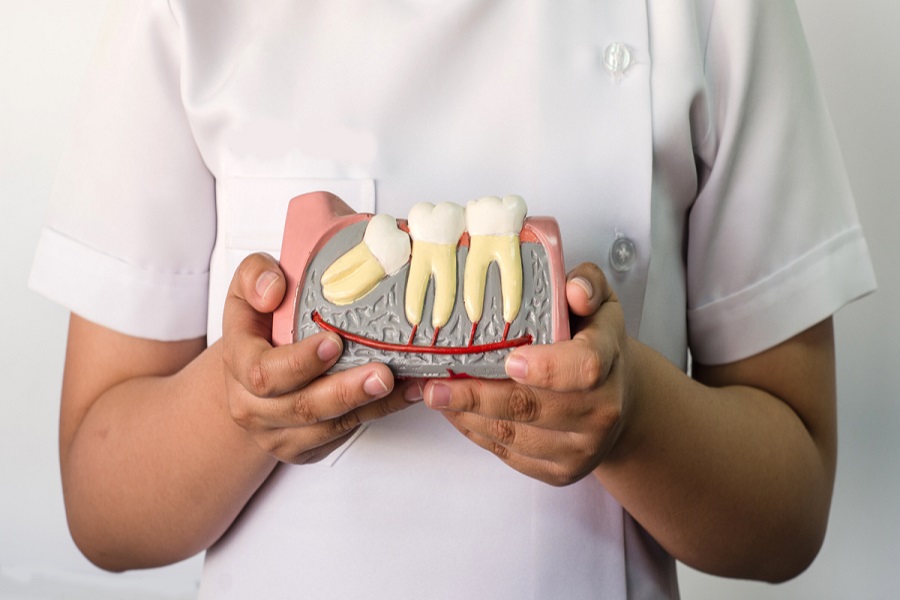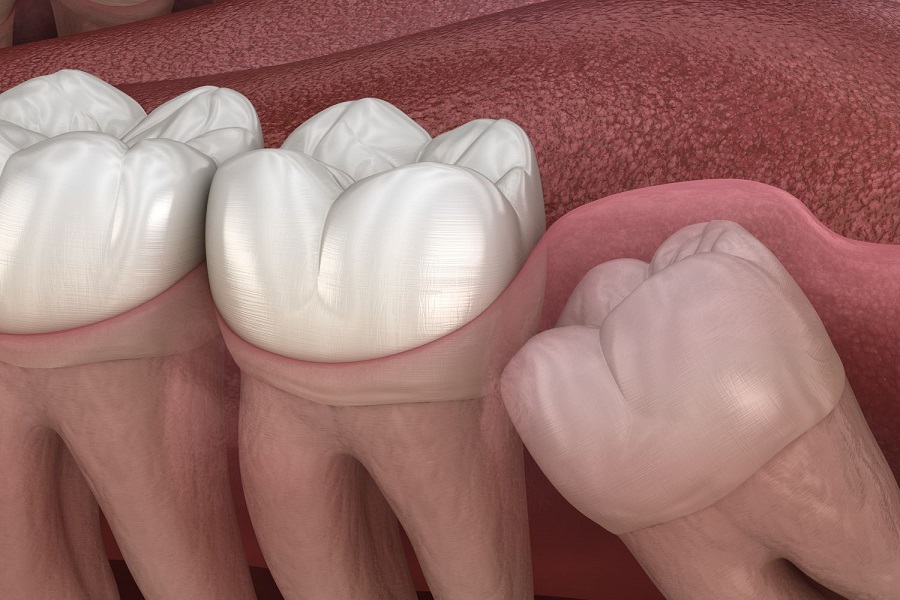Wisdom tooth pericoronitis refers to the inflammation of the soft tissue around the tooth crown during the eruption of the third molar, and the impacted third molar is the main cause of pericoronitis. Due to the degeneration and shortening of the jaw during human evolution, there is not enough space for the eruption of the third molar… Wisdom tooth “pericoronitis” refers to the inflammation of the soft tissue around the crown during the eruption of the third molar, and the resistance of the third molar Birth is the main cause of pericoronitis.
Due to the degeneration and shortening of the jaw during the evolution of human beings, the third molars did not have enough position to erupt and were impacted. In clinical practice, vertical impaction of partial eruption and mesial oblique impaction are the most common, and crowns with incomplete eruption are the most common. Most of them are located below the plane of the second molar, and the impacted part is covered by the gingival flap to form a breeding bag. The food residues and bacteria hidden in the breeding bag are not easy to be removed when rinsing and brushing. Injury from other causes can reduce local resistance and cause a large number of bacteria to multiply. Combined with factors such as colds, lack of sleep, excessive fatigue, women’s menstrual cycle and other factors that reduce systemic resistance, it can cause sudden onset of pericoronitis.
The patient presents with pain and discomfort in the molar area of the affected side, and the restriction of chewing results in the trismus, which makes it difficult for the patient to eat, chew, and swallow. Poor oral hygiene may cause bad breath. In severe cases, there may be increased body temperature, headache, and chills. , loss of appetite and other general discomfort. Increased white blood cells in the blood. Oral examination revealed incomplete eruption of the third molar, covered with gingival flap, flap congestion, edema, erosion, overflow of purulent secretions, and even pericoronal abscess. Submandibular lymph nodes on the affected side were swollen and tender. If pericoronitis is not controlled in time, it can cause infection of adjacent tissues and organs, and even systemic infection. It can also cause facial space infection such as buccal abscess and buccal fistula. If it spreads down the inside of the mandible, it can still cause submandibular space abscess or buccal fistula. Oral floor cellulitis and mandibular osteomyelitis.
The treatment of “wisdom tooth” pericoronitis should be started early and divided into local and systemic treatment. In addition to symptomatic treatment such as pain relief, systemic treatment is mainly the application of antibiotics, such as taking sulfa and intramuscular toxomycin.
For local treatment, the most important thing is to clean and apply medicine in the breeding bag. Use 1:5000 potassium permanganate solution or 3% hydrogen peroxide to place the curved needle of a syringe in the breeding bag to wash repeatedly to remove food debris and secretions. Then put the sulfoglycerin or ice boron powder into the gingival bag, once a day, can also use acupuncture, sealing and other therapies to relieve pain, reduce inflammation, and improve the bottom of the mouth. For the formed pericoronal abscess, incision and drainage should be performed under local anesthesia. For the vertical impacted abscess with sufficient position to erupt and the opposite teeth, pericoronal gingival flap excision is feasible to make it erupt. If the tooth fails to erupt, it should be extracted after the acute inflammation is under control. Long-term medication alone without the extraction of impacted teeth will inevitably lead to repeated episodes of pericoronitis.





























